
One of the most striking trends to hit the jewelry market in recent years is difficult to escape, lab-grown diamonds. These pieces created as an alternative to natural diamonds have grown in recognition, especially within the last year. As an editor, I’ve also noticed an uptick in emails from brands aiming to receive coverage. These countless attempts made me ponder what is lurking beneath this fixation. To be honest, I’ve wondered if it’s merely a trend. When I think of lab-grown diamonds, brands that come to mind include Pandora and Brilliant Earth. Both have been working overtime to make their mark in the jewelry market. The latter began offering them in 2012–the former started in 2022.
Even though it might appear that lab-grown diamonds are new, they are not. In the 1950s, General Electric first produced them. To some, they are referred to as synthetic diamonds since they’re created or synthesized in laboratories. Over the past five years, they’ve become more normalized and popular in the jewelry industry. Consumers have been embracing them too. A previous Glossy report states that sales of lab-grown diamonds across the United States grew from $1 billion in 2016 to over $12 billion by 2022.
“The rise in popularity of lab-grown diamonds is part of a larger trend of a higher demand for transparency from the jewelry industry,” shares Ryan Atlas, Senior Director of Product Design & Development at Brilliant Earth, in a statement.
Interestingly, despite the above notions, jewelry experts declare that lab-grown diamonds are falling in popularity. Business Insider says that this trend took off in 2018. In a report, the publication spoke with a leading diamond analyst, Paul Zimnisky. He predicts that jewelers will scale back their business in lab-grown diamonds and that they’ll instead ramp up their focus on natural diamonds. Zimnisky also alleges that prices for lab-grown will also fall.
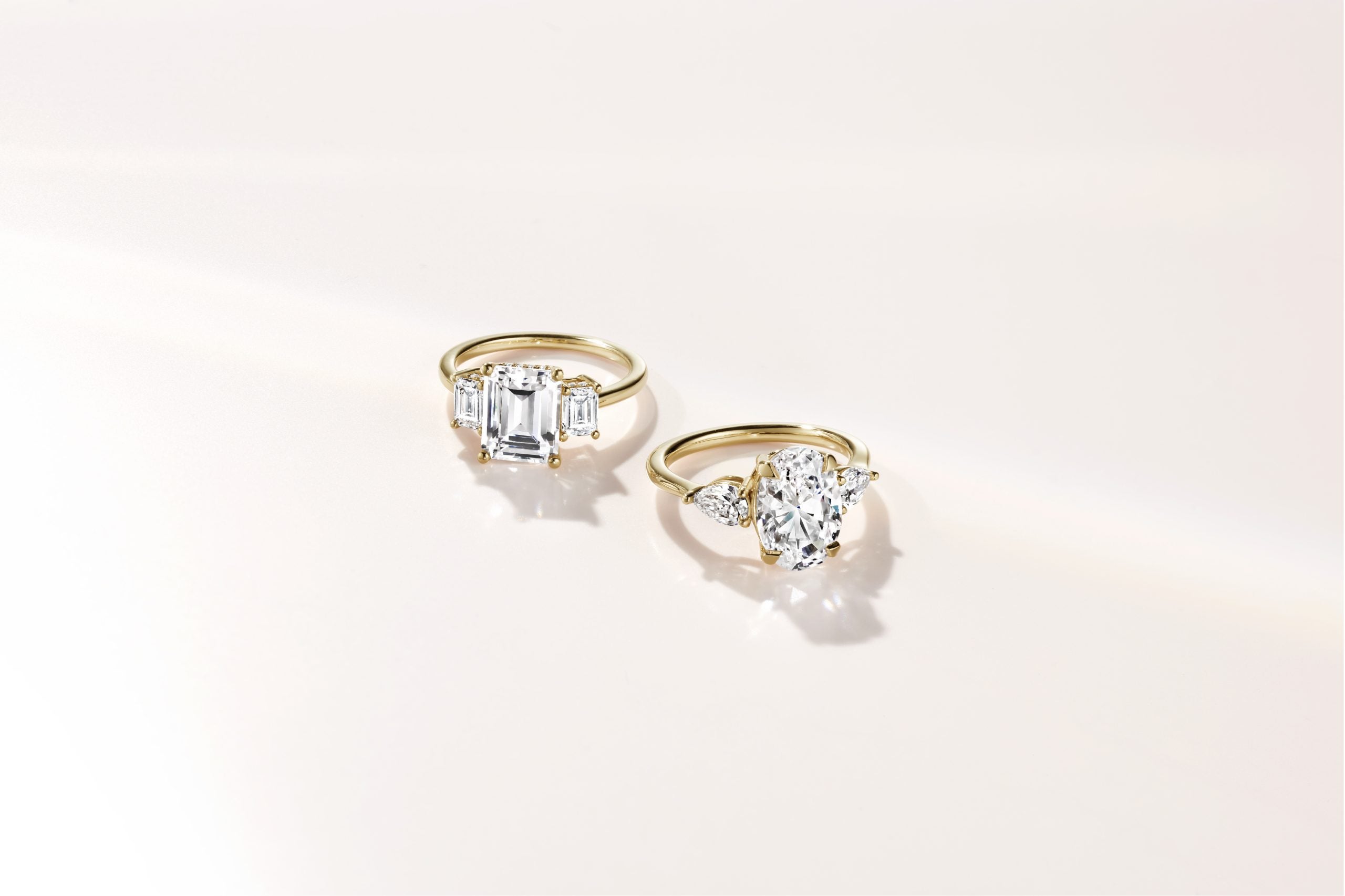
Business Insider previously reported that sales of lab-grown diamond jewelry rose 51% in the months leading up to November. Data compiled by Tenoris also stated that sales of loose lab-grown diamonds grew 47%. The pricing of lab-grown diamonds has decreased since 2015, despite the data. This was the year they were believed to be a part of the mainstream market. Now, Zimnisky estimates these identical diamonds are priced at up to a 90% discount to a natural diamond. Years ago, they were marked at around a 10% discount.
Supporters of synthesized diamonds and those who stand firmly behind natural diamonds have differing opinions. I tasked myself with unpacking both sides of the spectrum. Jewelers, gemologists, and new jewelry business owners specializing in pieces with natural diamonds and other materials have unique viewpoints. Below are insights from rising brands and industry leaders who shared candid insights on the current state of diamonds.
Lab-Grown Diamonds Are A Mainstay
According to Atlas, Brilliant Earth, which began offering lab-grown diamonds in 2012, proclaims itself a pioneer and leader in the diamond industry. The company was the first retailer to offer SCS sustainability-rated carbon-neutral lab diamonds in 2021.
Atlas notes in an email that their “Capture” collection utilizes cutting-edge technology to capture carbon before it can be released into the atmosphere. The “Renewable” collection includes lab-grown diamonds made with 100% renewable energy generated from wind and solar farms.
“More consumers are interested in how their jewelry is sourced and want these important and symbolic purchases to reflect their values, including transparency and sustainability,” Atlas shared. He expresses that Brilliant Earth is meeting consumers where they are in their sustainability journey. He also noted that customers are embracing them now more than ever since they recognize they have the same physical, optical, and chemical characteristics as natural diamonds.
Seemingly, Pandora has hopped on the trend. They are one of the firmest supporters of cultivated diamonds currently. In 2021, the brand announced it would abandon selling mined diamonds, according to the Financial Times. Most recently, Alexander Lacik, a Pandora executive, said lab-grown diamonds were opening up the sector to new consumers since they are typically one-third the price of minded alternatives.
“People are discovering that a diamond is a diamond. It’s a different value proposition, and people are voting with their wallets… Older customers are more wedded to mined diamonds. Younger ones are more open to lab-grown,” Lacik said.
A Gemologist’s Perspective
Gemologist and founder of Made By Malyia, a jewelry brand, Malyia McNaughton shares that she graduated from the Gemological Institute of America (GIA) in New York City in December. She devoted eight months in a full-time capacity to become certified–she feels it’s a rarity for Black women to be in the space since the jewelry industry is typically generational. McNaughton feels that lab-grown diamonds are fitting a growing need amongst consumers. Replicas of engagement rings, travel jewelry, and technology that utilizes industrial diamonds are a gap that she notes they are filling.
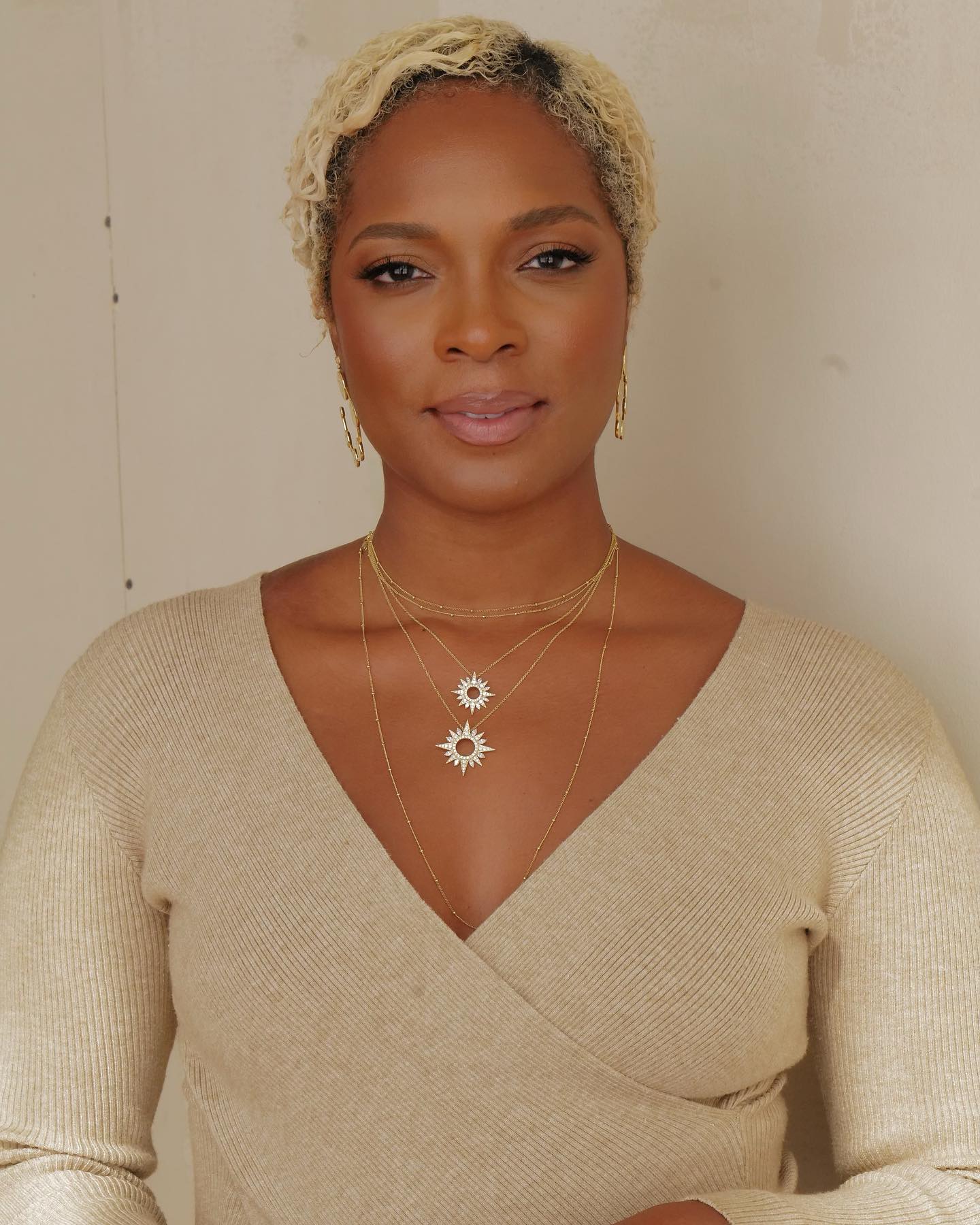
Though she has not seen an uptick in her customers’ requests for lab-grown, they have been asking her to define the differences between synthetic and natural diamonds. “I design jewelry that celebrates the intersection between art and nature; natural diamonds best capture that intersection,” McNaughton shared in an email.
“My clients are mainly seeking heirloom pieces and jewelry that tell a timeless story, a natural diamond takes 1 to 3 billion years to form, and I revere that as mother nature’s best and most timeless story. Once we discuss how finite a natural diamond is, they decide to opt for a natural diamond.”
Adrianne Sanogo, a gemologist based in New York, is also certified by the GIA (she became certified in 2019). In an email, Sanogo explains that there has been a clear decrease in the perceived value and cost of synthesized diamonds, mainly over the past five years. She also shares that this has led to a significant decline in their resale worth, but their sales have continued to grow.
“The Gen Z demographic tends to prioritize spending their earnings on experiences rather than luxury goods. LGDs, with the same visual properties as natural diamonds, provide a subtle option that never needs to be disclosed,” Sanogo explains.
One trend she’s seeing firsthand is that seasoned, engaged, or married couples have been commissioning travel jewelry made from lab-grown diamonds that closely resemble their engagement and wedding rings. “Obtaining a larger carat weight at a more affordable price is a significant motivation, allowing couples to use the saved money for wedding costs, a honeymoon, or even towards a down payment for a home.”
The gemologist also makes it clear that she finds nothing wrong with the use of lab-grown diamonds as long as their makeup is disclosed to customers before they are purchased. She further details that lab-grown diamonds are created in manufacturing facilities. Sanogo expresses that its production process consumes substantial amounts of electricity, too.
“The diamonds are grown in containers made from mined material. On the other hand, natural diamonds are formed naturally deep within the earth over a period ranging from 900 million to 3 billion years,” she adds. McNaughton shared similar sentiments in terms of the energy and effort that goes into creating natural diamonds.
There is a positive impact of diamonds seen in Botswana, according to Sanogo (Botswana is also the leading diamond-producing country in regard to value). She shares that diamonds play a crucial role in Botswana’s economy, contributing 80% of the nation’s export revenue. “Within less than a century, this significant economic boost has greatly advanced the country’s development, transforming it from the third poorest nation in the world to its current status,” Sanogo said in a statement.
Natural Diamonds And A Newer Brand
Vanessa Bellan initially launched her jewelry brand V.BELLAN in 2020 to create timeless custom pieces in memory of her late daughter. She set out to leave a mark on an industry that she’d been a part of for countless years for brands including Macy’s and Jennifer Fisher. Since its earliest days as a business, she has stood firmly on wanting to make jewelry that feels like it can be passed down as heirlooms.
“I just designed for a whole year and I launched the business on what would’ve been her first birthday, and it kind of took off. I started to make pieces for people who also lost loved ones,” says Bellan.
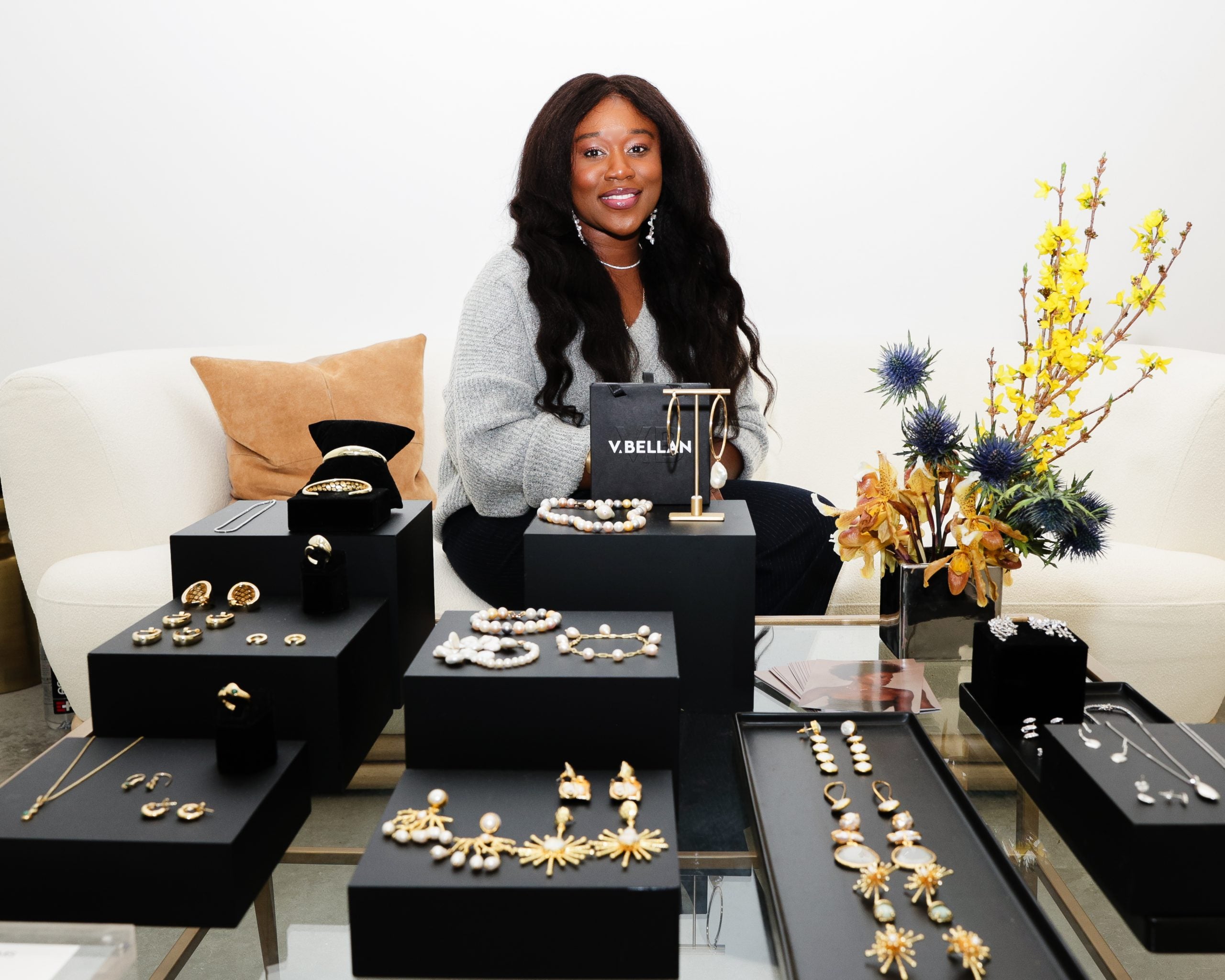
Bellan says she wanted to bring back investment jewelry for millennials and Black and brown women. V.BELLAN currently has pieces created with solid gold pearls, natural diamonds, and also cubic zirconia mainly in the latest collection falling under the brand’s new bridal collection. At the moment, current stockists include Bergdorf Goodman, Revolve, and Shopbop. Bergdorf Goodman took a chance on her and offered her pieces quite early. “They launched a new entry price point [for their jewelry] with V.BELLAN in May of 2023.”
The brand’s latest pieces are a bridal collection entitled Ceremony I which consists of gold metals, freshwater pearls and gemstone details. Ceremony II which will be available late spring will introduce an assortment of diamond styles.
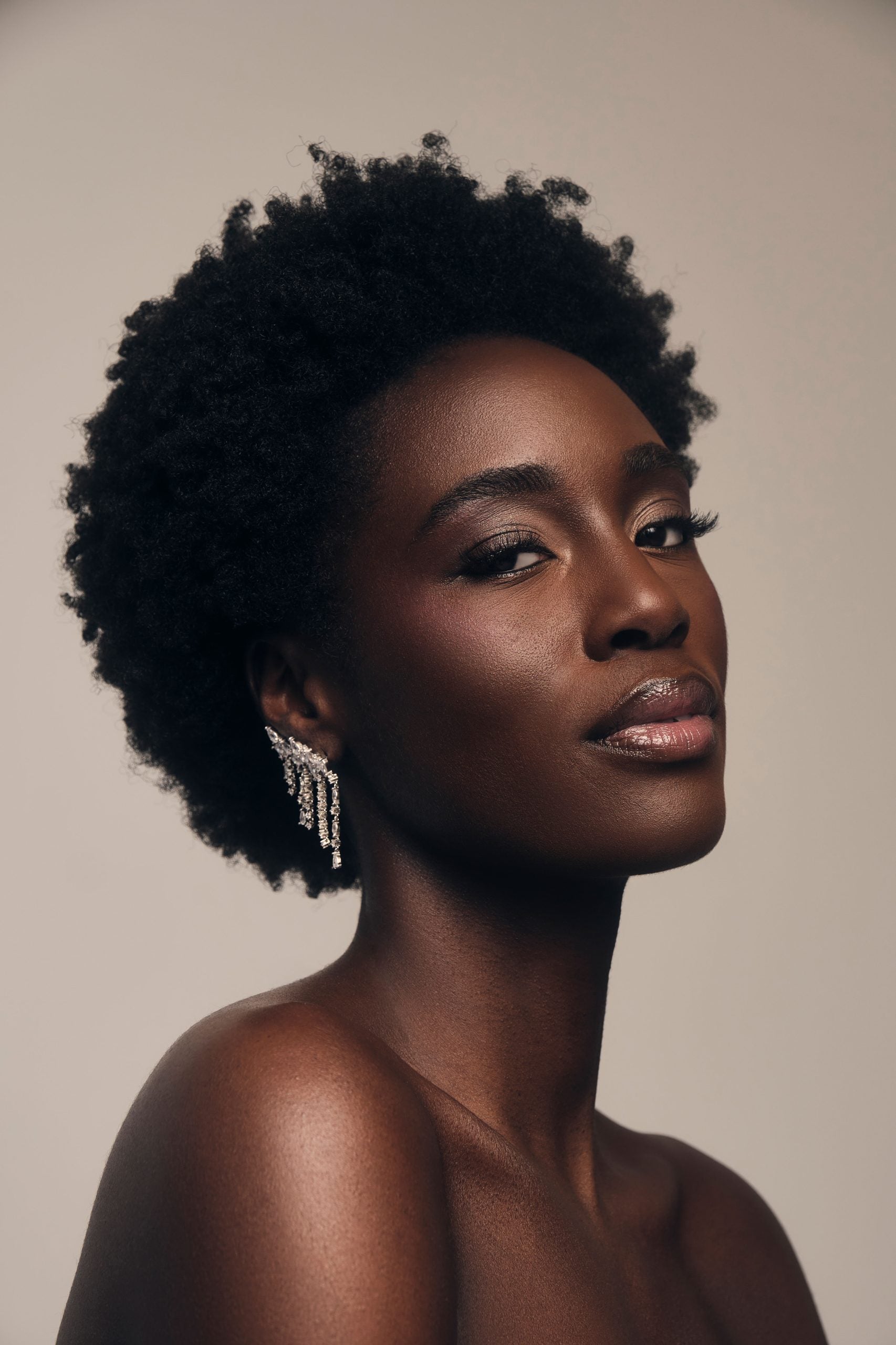
V.BELLAN has two categories in total which both launched simultaneously in 2020. Fine jewelry is made up of solid gold styles with natural diamonds and freshwater pearls. The founder says these items range in price from $500 to $6,000. While their fashion category features the base metals brass and sterling silver separately–these pieces are priced between $70 and $500.
The designer also shared that in the early stages of building her brand, she had to engage with the white-centric diamond market in New York City. Known by many as the “Diamond District,” Bellan had to go there to source materials for her pieces created with diamonds. But she persisted and fostered relationships.
“Now fully running V. Bellan, all of our vendors are people of color, so I get my diamonds from an African man. I also get a lot of my materials from a Caribbean man from an Ecuadorian man. I just want to make sure that as I’m growing, I’m also giving other artisans of color an opportunity as well,” she adds.
Bellan says she has always noticed that her customers have supported more of the fashion jewelry rather than fine jewelry. Additionally, she shares there’s been an uptick in customers solely purchasing pieces at a lower price point. Now, cubic zirconias are selling more than natural diamond pieces. “It feels like a great entry point for our customers, which is styles that are about around $200, but we still have those fine jewelry buyers.”
Vanessa shared that she has thought about utilizing lab-grown diamonds in her designs. For now, she will strictly be using natural diamonds.
Miraco Enters The Jewelry Market
Miraco is another newly fledged jewelry brand owned by a woman of color. Founded by CEO Samira Baraki, the company landed online in 2023 with luxe items offered in solid gold and white gold. Additionally, the gold items offered featured designs with and without natural diamonds. “We actually had natural diamonds in our launch collection. When we first launched, even with all of our original pieces, a lot of them do have stones,” said Baraki.
Baraki’s direct-to-consumer approach to fine jewelry was created due to a need for accessible and memorable items that customers can feel like their best selves. Inclusivity is one notion that she believes to be the core of her business. As a Black woman and a Muslim woman, she says she’s largely hired women to help her run Miraco.

Miraco’s newest pieces are entitled the “Hourglass” collection. Crafted in Italy, this collection features 14K gold and diamonds. The new line is comprised of one necklace, ring, bracelet, and earrings set adorned with pavé diamonds and the rippled hourglass motif.
“[It all] started as an idea, seeing the luxury jewelry space out of reach for most people in terms of price point. I really wanted to find a way to create the same quality and get it at a reasonable price,” Baraki said. “I feel like I turned the vision into a reality. It’s really about pushing the brand forward and getting the awareness because again we’re new, but the goal is about representation and [the idea that] everyone should revel in the transformation of the power of jewelry.”
She says that though she’s seen lab-grown diamonds trending, she still prefers to stick with natural diamonds. Baraki also explains that any diamond is seen as a fiscal investment and that many consumers know that gold and diamonds retain, if not appreciate in value–this is what she says makes her even more comfortable buying jewelry for herself. “It’s because I know that it carries a sentimental weight, but I also know that this is a safe investment.”
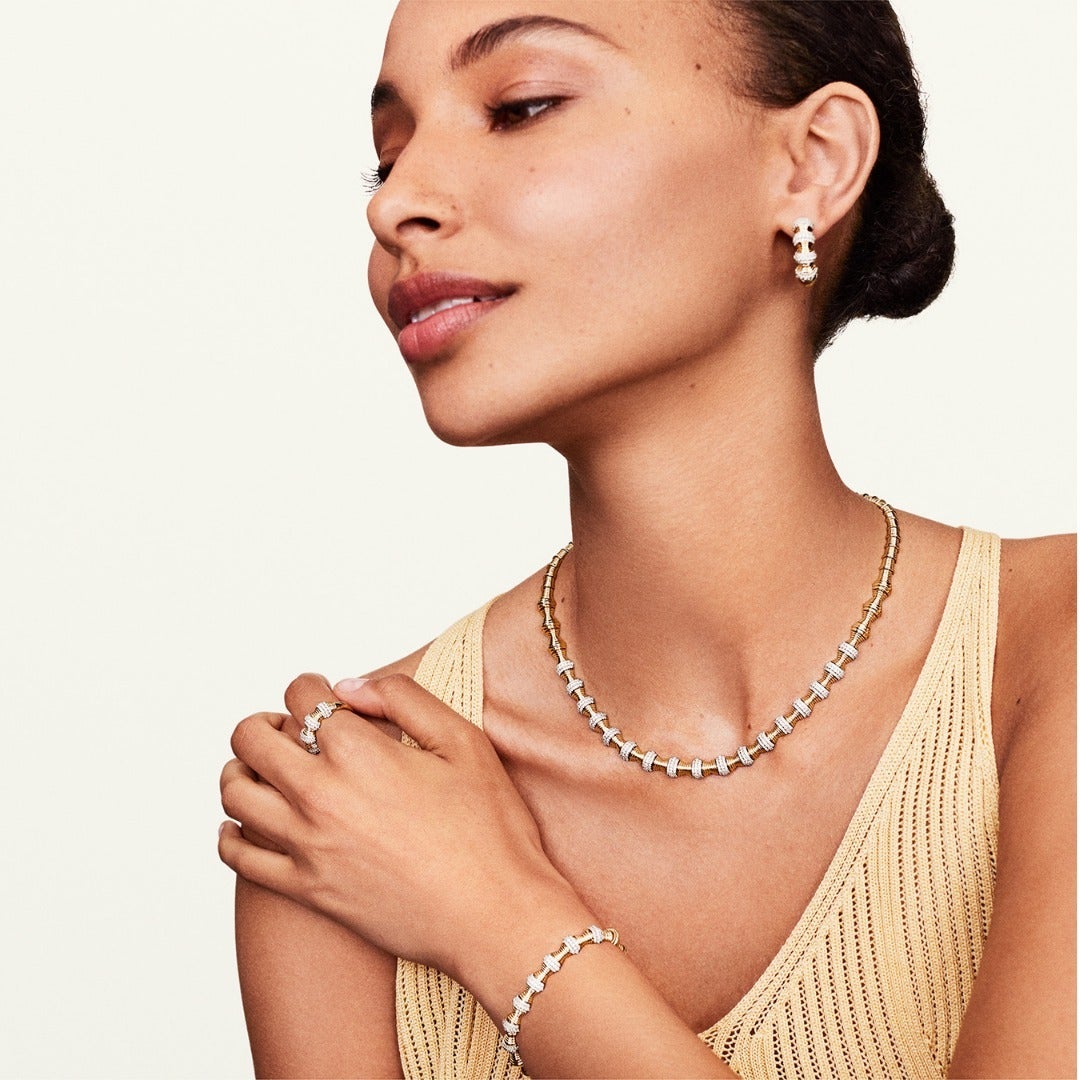
Items that she has noticed to be most successful for Miraco include pieces created with white gold. She is also aware that her customers love items that include diamonds. “People are buying for special pieces and occasions and they’re comfortable wearing more solid gold on a day-to-day,” Baraki adds.
The Consensus On Lab-Grown Diamonds
The trend of normalizing lab-grown diamonds is gaining traction as key moments are being highlighted. For instance, a few months back, Chloe and Halle Bailey launched a Pandora collection. Separately, Brilliant Earth recently announced a line with Dr. Jane Goodall–the collection will launch later this fall. The brand was also seen on Ayo Edebiri at the Emmy Awards. She was spotted in a diamond ring, a tennis necklace, and lab-grown diamond stud earrings accompanying her custom Louis Vuitton gown. Celebrity-approved or specialist-approved messaging assists with generating brand awareness and recognition.
Alternatively, De Beers, a natural diamond titan has keyed in on celebrity press moments surrounding red carpet style. At the Cannes Film Festival, Zoe Saldana wore the brand to a premiere. Greta Gerwig wore De Beers diamond eternity bands to this year’s Met Gala while Venus Williams donned cushion-cut diamond earrings.
In March at ESSENCE’s Black Women In Hollywood Awards, Brandee Evans wore Miraco’s square textured hoops. While Shannon Thornton looked resplendent in the brand’s droplet diamond earrings. Both actresses were styled by celebrity stylist Mickey Boom.
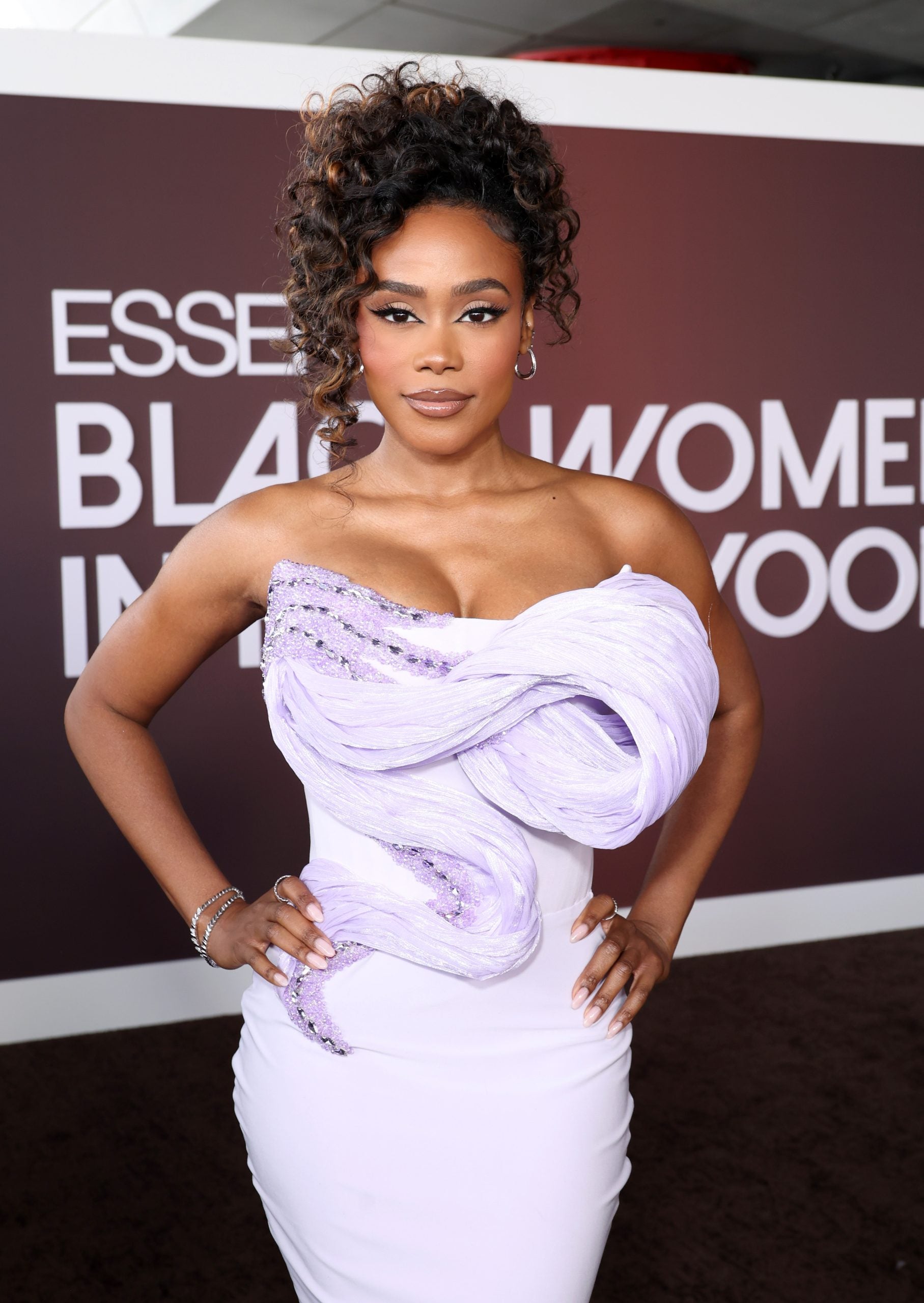
“Celebrity red carpet moments are hugely influential for our consumers, who are mainly Gen Z and millennials and are closely watching these styles on social media and in the press,” Atlas added. “We’ve seen massive interest in our engagement ring social content, particularly on Instagram, and educational content about our diamond offerings, across natural and lab, continues to resonate.”
